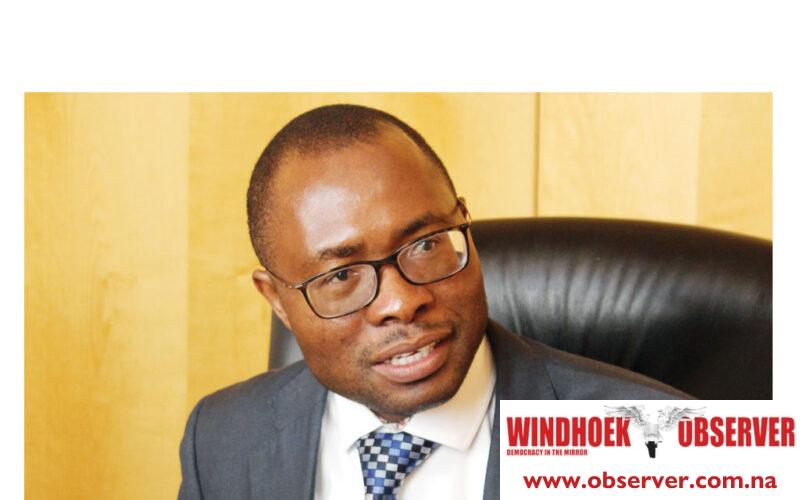Martin Endjala
Food production concerns have been sparked by the N$1.9 billion budget allocated to the agriculture sector by the Minister of Finance and Public Enterprises, Iipumbu Shiimi.
During the tabling of the National Budget for the 2024/25 financial year in parliament last week, the finance minister said a total of N$1.9 billion has been availed to the Ministry of Agriculture, Water and Land Reform.
This includes N$50 million dedicated for land purchase to address the plight of generational farm workers as well as N$87 million for the improvement of animal health and marketing in communal areas.
Members of parliament stated afterwards that the amount is insufficient and that they are worried about the fact that Namibians will not be able to produce enough food for themselves as a result.
Provisions have also been made for improving food production systems as well as the Green Scheme program including Phase II of the Neckartal Dam Irrigation Project, among others.
National Council Member of Parliament Paulus Mbangu, has argued that the allocation is not enough, pointing out that the situation at the moment is critical.
“Sporadic rainfall is proving to be a challenge. Our government must be prepared to roll out drought relief to all the regions for the next two years,” he urged.
The MP stated that the fact that Vote 37 of Agriculture and Land Reform was allocated less than two billion, suggests that the agricultural sector will remain dwarfed because not enough has been invested in food security.
He, however, applauded the Ministry for allocating N$1 billion to the Water sector, emphasising that it was a good move.
Another National Council John Likando, said there is a staggering drought already in the floodplains, a sign that farmers expect more support for livestock and crop farmers, as climate indicators show that crop harvests are likely to be impacted.
Meanwhile, according to tracking Rangeland status during the rainy season provided by Chief Forecaster Operations at Namibia Meteorological Service Odillo Kgobetsi, the overall rangelands in Namibia were drier than normal in February 2024.
These areas include Erongo, Khomas, Omaheke, Hardap and //Karas regions, as well as the southern parts of Oshana, Oshikoto, Otjozondjupa, and Kunene regions.
The Zambezi region ranges from normal to below normal. Above-average conditions are currently experienced in the northeastern parts of the Kunene, the northern parts of the Omusati, Oshana and Oshikoto regions as well as the western parts of Kavango West.




